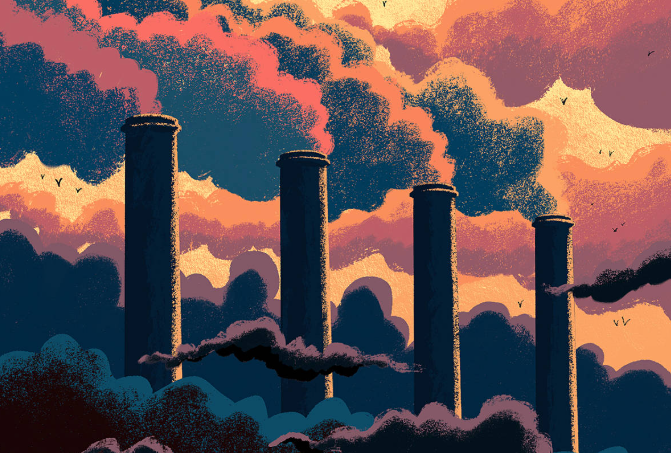Double Whammy - Climate Change and Social Inequity
Imagine a flood. A flood so great that it displaces millions of people, and causes thousands to lose their lives. This was the plight of 33 million citizens, helpless against the 2022 Pakistan floods. The catastrophic flooding caused disrupted countless lives and caused damages exceeding $30 billion. For marginalised rural communities already grappling with poverty, the flood was especially devastating. Having to bear the brunt of the destruction, these individuals had to scramble for limited resources for recovery, all while trying to make ends meet amidst dire economic circumstances. This is the unfortunate reality of climate resilience: Those who require the greatest aid often lack it the most.
At its core, this occurs as underprivileged communities lack the resources to recover from climate events, thereby deepening the cycle of poverty. For example, marginalised groups predominantly live outside of the city due to the lower cost of living in such an area. Yet, it is exactly such areas that are more susceptible to climate disasters, such as excessive flooding, or brutal heatstrokes. At the same time, these individuals are also more likely to experience health complications as a result of climate change, such as respiratory illnesses or waterborne diseases due to poorer air quality. Consequently, this creates a vicious cycle of vulnerability, where individuals unable to adopt climate-resilient practices due to a lack of money continue to experience the effects of climate change most brutally.
Globally, numerous policies have been implemented across the world to address this intersection of climate change and social inequity. The international Paris Agreement is one such example. In the agreement, wealthier nations have pledged $100 billion annually to support countries vulnerable to climate change, allowing citizens to adopt climate-resilient practices, and be adequately prepared to deal with the effects of climate change. Another instance would be India’s National Action Plan on Climate Change, which includes programs such as the National Solar Mission, providing affordable renewable energy to rural areas. These two policies are largely effective, helping to alleviate the burden that underprivileged communities face when experiencing the effects of climate change, while setting the standard for the rest of the international community to follow.
Nevertheless, there is still much room for improvement. The Paris Agreement, for example, suffers from a lack of enforcement due to the agreement being non-legally binding. Therefore, understanding the intersection of climate change and social inequalities can help to garner greater support for justice-oriented climate policies. Only by engaging the wider public in productive discourse surrounding climate justice, can we truly build a more resilient and sustainable future.
